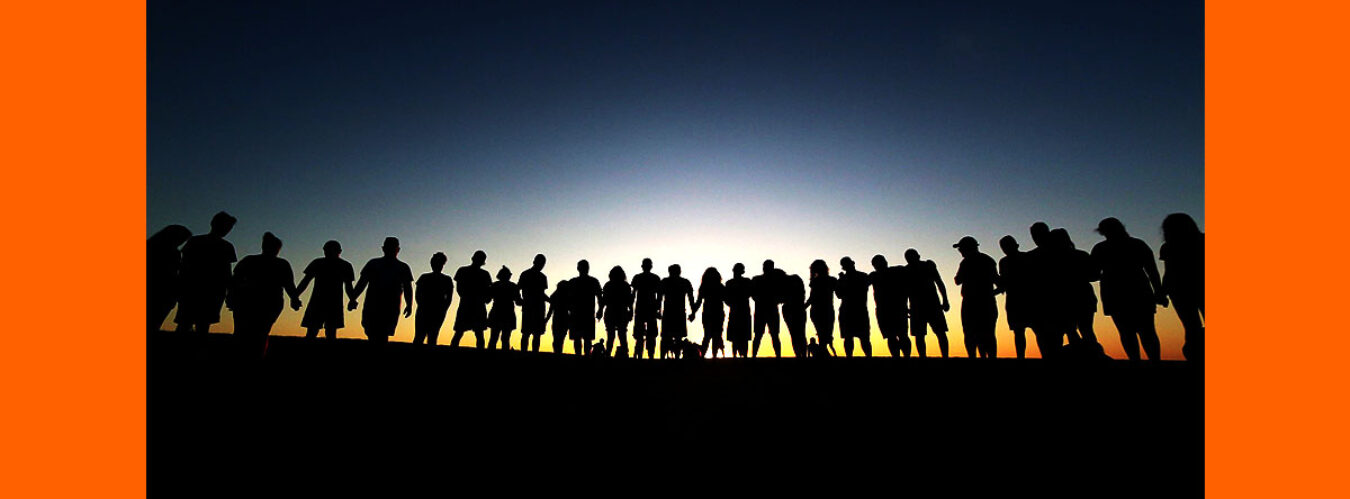
In the quest for performance, strategy, and results, it’s easy – perhaps even automatic – for many professionals to disregard the hidden costs of sedentary work. The hours spent in front of screens, partnered with back-to-back meetings, in addition to the seemingly endless digital workplace, have changed how we work – and how our bodies response.
As someone who has been in HR, Learning and Development and Strategy for over twenty years, I truly understand the relationship of leadership, culture, and employee health. Perhaps it is time to consider sedentary employee behavior as more than health issue and recognize it as a workplace performance challenge that requires a leadership response.
Health and Performance Are Interrelated
When energy diminishes in the early afternoon or when aches become normalized, we risk compromising productivity’s most fundamental currency: our mind and bodies. Sedentary lifestyle doesn’t just impact individuals – it unnoticeably but definitely works against performance, engagement, and culture.
Here is the realistic truth: If our people are physically drained, mentally fatigued, and disconnected from their bodies, they are far less likely to be engaged in innovation, collaboration, and leadership.
What can we do—tomorrow or today?
1. Rethink “Busy” – Move in the Workday[H1]
Too many professionals wear “busy” like a badge of honor. If we can’t fit in a 5-minute stretch or a brisk walk because of our scheduling, it’s not productivity we’re experiencing; it’s poorly designed productivity.
As leaders, we can model and advocate for:
• walking meetings (virtual or in person)
• desk-stretch routines between long sessions
• standing or dynamic workstations
These aren’t amenities; these are performance enablers!
2. Protect the Asset: You
I often tell the teams I mentor: “You can’t pour from an empty cup.” As leaders, we must model self-service, rather than preaching it. This means we must:
• Source water and nutrition on busy days
• Book time for short breaks
• Commit to ergonomic sources- chair, computer screens, lighting – ergonomic tools to maintain good posture, and minimize stress and strain.
Self-leadership begins with how we treat our health in extreme and high-pressure environments.
3. Make Well-Being a Cultural Driver, not a Check-the-Box Program
Well-being is not an ancillary program, it is rather an important driver of performance and retention. Organizations need to provide more than just gym memberships. The shift starts when:
• Culture with movement normalizes and becomes part of team norms and rhythms.
• Leaders explicitly support time to be physically active.
• Micro-habits like stretching breaks are integrated into onboarding and learning.
When wellness becomes a narrative of your culture, you’ll have transformed not just healthier employees but also a healthier business.
4. Leading Situationally—With Awareness
Leaders need to develop awareness of the situation in front of them—both with respect to market dynamics and human dynamics. Observe your team’s performance. Do they appear fatigued? Unengaged? Burnt out? Sometimes it is not about additional training: It is about evaluating progress to assist in a recalibration.
The case for well-being is not soft. It is strategic.
Lastly, remember a healthy team make resilient organization. In our zealous pursuit to scale, deliver, and lead-let’s not lose sight of the basics: movement, energy, and life. They might not be present on a spreadsheet, but they drive every outcome.
Staying healthy in a sedentary profession is not only our individual responsibility, but collectively (leadership) accountability.
Let’s own it!
#Esalimitless #StayingHealth
#PersonalWellingBeing
https://esalimitless.com/dealing-with-burnout-in-the-workplace https://www.mdanderson.org/publications/focused-on-health/are-you-trapped-in-a-sedentary-lifestyle
